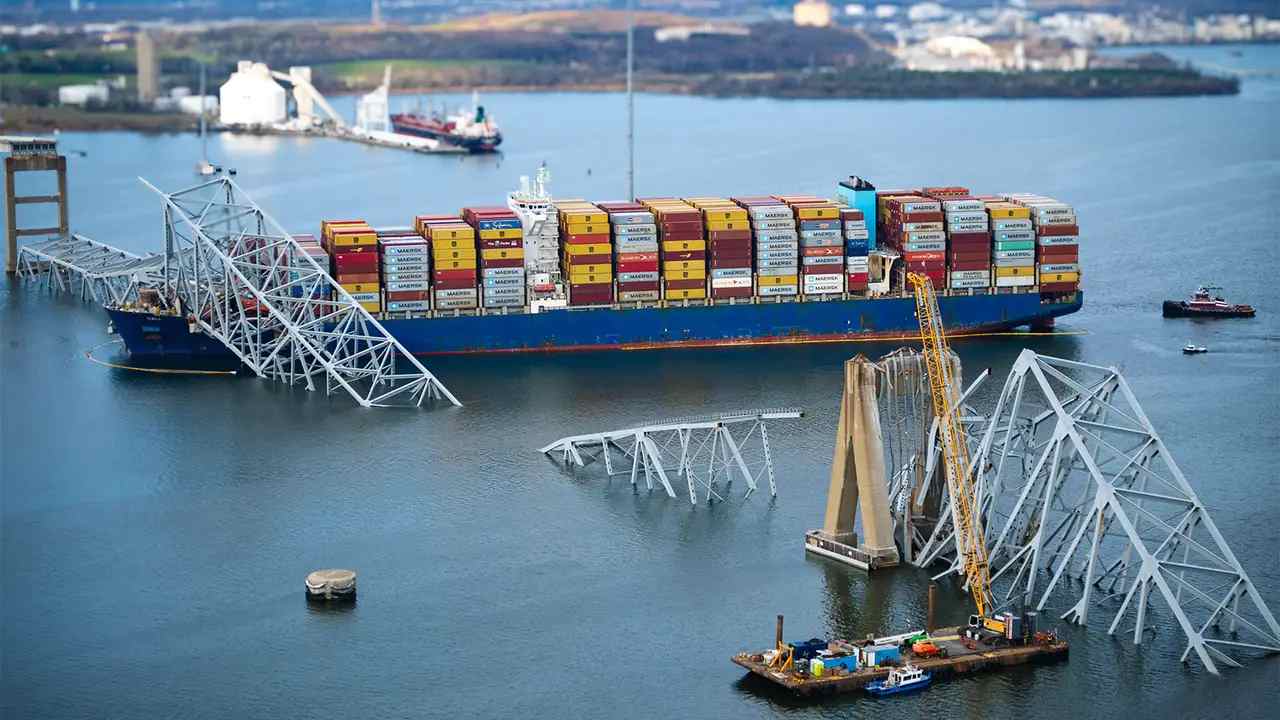July 2024 Shipping Market Analysis: Peak Season or Temporary Spike?
As we navigate through July 2024, the shipping market is experiencing significant fluctuations, prompting industry stakeholders to consider whether this month represents the peak of the year or a temporary spike in rates. Several critical factors are influencing this scenario:
Key Factors Affecting Shipping Rates:
Port Congestion in Asia:
Persistent congestion at major Asian ports has led to delays and increased shipping costs. The backlog is partly due to higher export volumes and inefficiencies in port operations.
The Red Sea Crisis:
The ongoing crisis in the Red Sea has disrupted shipping routes, causing detours and delays. This geopolitical issue has added pressure on shipping lanes, further contributing to elevated rates.
Increased Export Demand:
A surge in export demand has led to higher freight rates. Companies are pre-positioning goods in anticipation of future needs, adding strain to the shipping infrastructure.
Potential Developments:
Decline in Rates Post-July?:
If the current demand surge is primarily due to early pre-positioning, we might see a gradual decline in shipping rates after July. This would require stabilization in demand and resolution of key disruptions.
Sustained High Rates:
However, unresolved issues like the Red Sea crisis and potential labor strikes on the US East Coast could maintain or even increase current rate levels. These factors need close monitoring as they could have long-term impacts on the market.
Strategic Considerations for Stakeholders:
Monitor Key Indicators:
Keeping an eye on port congestion levels, geopolitical developments, and labor negotiations will be crucial in forecasting future rate trends.
Adjust Logistics Strategies:
Companies should consider flexible logistics plans to accommodate potential delays and cost fluctuations. Diversifying shipping routes and securing reliable freight contracts could mitigate some risks.
In conclusion, while July 2024 might be a peak month for shipping rates, the situation remains fluid. Stakeholders should stay informed and adaptable to navigate these turbulent times effectively.



